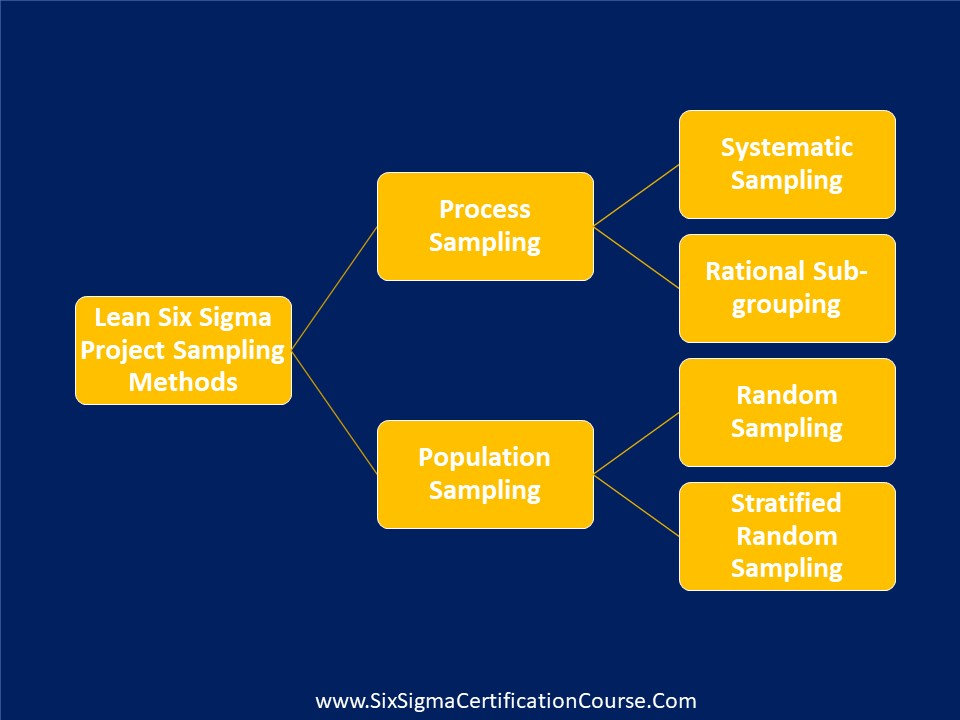What tools are used in Define Phase of six sigma?

A Six Sigma team uses a number of tools in the Define phase to identify and define problem areas or opportunities for improvement. The tools include:
- Project charter is a document that provides a clear, concise description of the business needs that a project is intended to address. It not only makes a project official, but also gives Yellow Belts, Green Belts, or Black Belts the authority to lead the project and draw on organizational resources as needed. The project charter documents the expected results.
- SIPOC diagram is a high-level process map that is used to identify and define all the relevant elements that are necessary for improving a process before actual work begins. It is an acronym of these elements: Suppliers, Inputs, Processes, Outputs, and Customers. The SIPOC diagram helps process improvement teams understand the purpose and the scope of a process before they begin to measure or improve it. It is also called COPIS to emphasize that the entire process starts with customers. COPIS is an acronym of Customers, Outputs, Processes, Inputs, and Suppliers.
- Affinity diagram is a diagram that is used to organize different ideas that are generated in brainstorming sessions into meaningful groups.
- Multi-Generational Planning (MGP) is an approach that breaks projects into manageable phases. Each phase is called a generation, and therefore the approach is called MGP. Breaking down projects logically and rolling them out in a phased manner helps the process development team envision the various stages of a product or service. In the evolution of products or services, different functionalities are added several times in each phase of MGP. MGP helps you manage project scopes better in process improvement projects.
- Stakeholder analysis is an analysis used by quality improvement teams for identifying and evaluating people who will influence the outcome of a project to ensure that their interests are addressed. Knowing the effect that stakeholders will have on a project also helps in anticipating potential problems and devising strategies to handle them effectively.
- Communication plan is a written document that describes how different stakeholders and interested parties will be informed about the objectives of a project, the means of accomplishing these objectives, the tools to be used, improvements, solutions and how they impact stakeholders, project benefits, progress made, and the timeline.
- VOC analysis is used to understand customer requirements so that an organization can provide products and services that meet these requirements. It delivers products and services that satisfy customers that helps organizations survive in a highly competitive market.
- Kano analysis is an analysis that measures the extent to which a product or service satisfies the requirements and expectations of customers. In other words, it defines the customers’ requirement priorities. Professor Noriaki Kano developed Kano analysis, as it was named
after him. The Kano model classifies product attributes based on how they are perceived by customers. It classifies customer requirements as mandatory requirements and delights. These classifications are useful for a customer-driven organization to make design decisions on its product.

- Quality Function Deployment (QFD)is a structured approach followed by customer-driven organizations to transform customer requirements into product specifications. QFD provides an insight into the whole design of a product, thereby eliminating production problems that may arise during manufacturing.
- RACI matrix is a tool used for clarifying roles, responsibilities, and authority in teams involved in a business process task. RACI is an acronym of the four responsibilities used, namely Responsible, Accountable, Consulted, and Informed.
- Project prioritization matrix is a tool used during brainstorming sessions for evaluating various issues against different criteria and prioritizing the issues. This helps identify issues that must be solved first to eliminate problems and improve processes.
- Pareto chart is a bar chart that displays various categories of problems in a project by the frequency of their occurrence. It is named after its creator, Vilfredo Pareto, a 19th century economist. The objective of using a Pareto chart is to narrow down the primary causes of problems and focus efforts on tackling the most important causes. The Pareto chart is also known as the 80-20 chart.
These tools are used during the Define phase to understand selected projects better.






